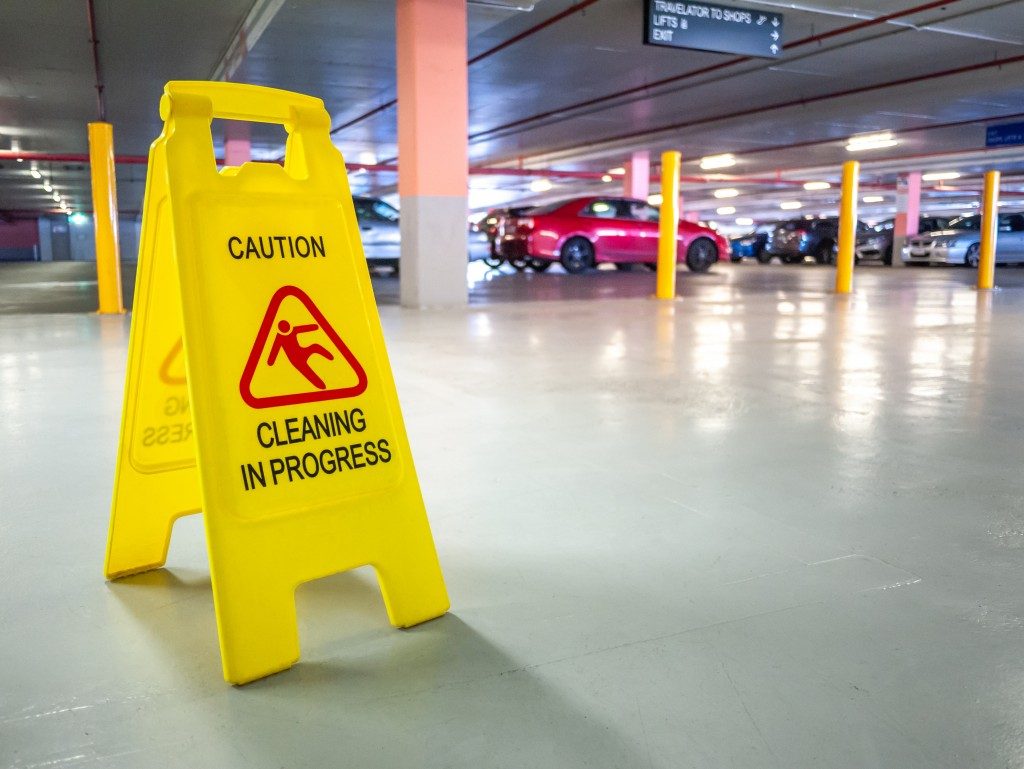Falling is one of the leading causes of workplace injuries in the United States. According to HG.Org, more than 80% of these accidents resulted in emergency admissions. What many people don’t know is that they are more likely to experience it outside their office and right in their home.
The Statistics of Falling
There’s a good reason why window and gutter cleaning in Seattle is best left to the experts: falls at home are more common than what you think. Based on the data from the American Academy of Orthopedic Surgeons, more than 400,000 people suffer from injuries involving a ladder. Over 250 of these cases would be deadly.
In 2009, about 33% of the reported fall cases involved either a ladder or a roof. Meanwhile, an overwhelming 97% of these occurred in non-occupational settings such as the home.
The Centers for Disease Control and Prevention (CDC) revealed not all falls will result in a severe injury, but 1 in every 5 people who experience it is likely to develop either a head injury or a broken bone. In 2015, falls alone cost $50 billion in healthcare expenses, of which Medicaid and Medicare paid 75% of it.
2013 research about falling from heights revealed most fatalities involved men between 21 and 50 years old. Most of the falls were also accidental. The data from Indiana State University-Bloomington said that it’s one of the leading causes of moving to a long-term skilled-care facility while at least 20% of these falls will lead to moderate to severe physical injuries.
How Dangerous Is Falling?

Many studies involving the impact of falls include older-age populations. In reality, the effects know no age. Falling is one of the leading causes of traumatic brain injuries (TBIs), according to the CDC. It is especially common in people who fell from a lesser height.
A study by the American Academy of Pediatrics revealed that children who experienced it increased their risks of neurological and mental disorders such as depression. These can manifest even after five years since the event.
A similar study by the National Institute of Neurological Disorders and Stroke (NIH) in 2019 said 1 in every 5 adults with TBI could experience symptoms of mental disorders within six months from the event. A 2017 Finnish research, meanwhile, established a connection between TBI and the increased dementia risk in the working population.
Falling is also associated with long-term chronic pain, which can significantly affect your way of life. It may boost the odds of disability, limit work opportunities, and even increase the chances of isolation. Studies showed that those who experienced it tend to avoid physical activities due to the fear of suffering the same injury.
Falling sideways can increase the chances of a hip fracture, and it can reduce life expectancy by 10%. It could be because they might never be able to recover fully, according to a 2016 U.S. study. It can decrease their independence and prevent them from being physically active, two factors that can affect the quality of life and longevity.
Many factors can increase the risks of falling. These include old age, vitamin D deficiency, and bone conditions. But as they say, prevention will always be better than cure. If you can avoid having to go to the roof, then do so.

